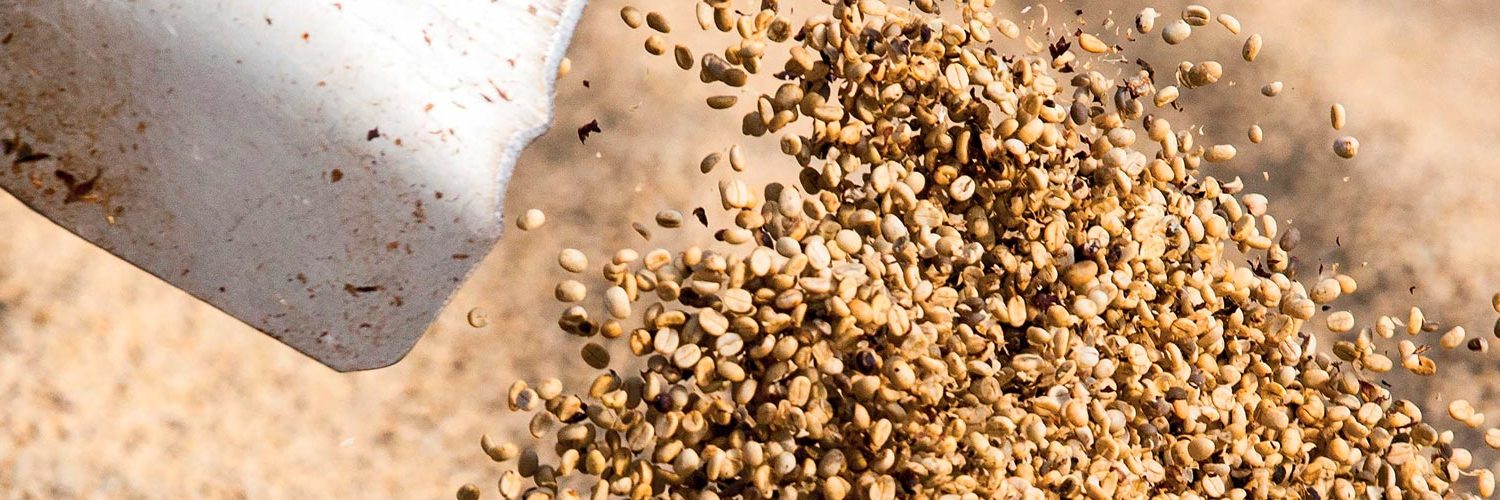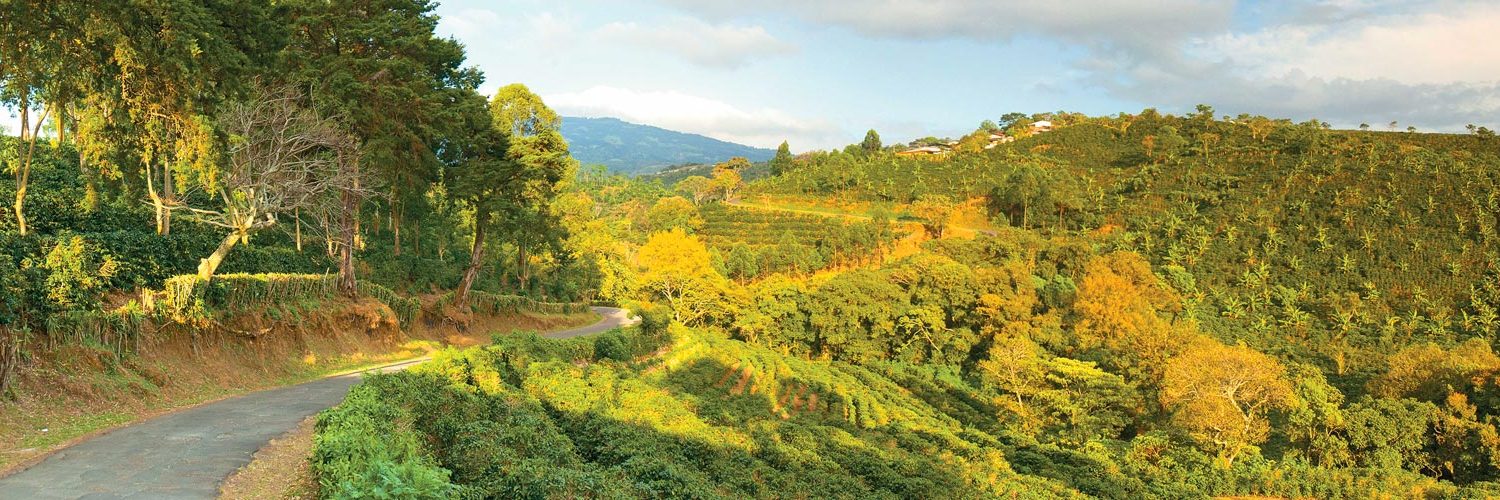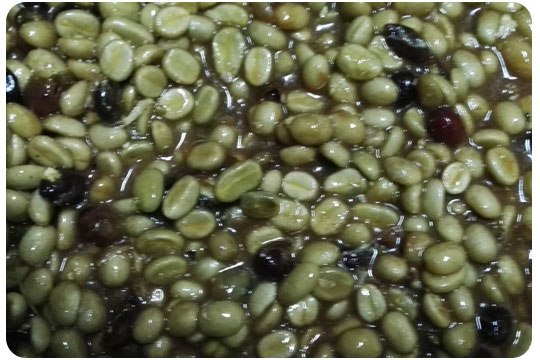HONEY
This processing method seeks to enhance the characteristics of the Café de Costa Rica bean, with the cherry’s honey remaining on the bean.
This process is being developed in different ways, as it is under constant innovation. Among the different ways of preparing coffee honey, we will highlight two:
1- Degrees Brix: It consists in measuring degrees Brix. Degrees Brix are a unit of measurement that determines the total dry matter (sugars) dissolved in a liquid. This method is aimed at calculating the bean’s sugar level in order to define–from the plant–the organoleptic characteristics of the cup.
2- Degree of Honey: Some processing facilities define honey processes according to the cherry’s amount of honey, which may be differentiated into: 100% Honey, 50% Honey and 25% Honey.
100% Honey: This process leaves all the honey in the cherry so that flavors and essences are incorporated into the bean.
- Red Honey: 6 to 7 days in the sun, between 21 and 28 degrees Celsius*.
- Black Honey: 6 to 12 days in the sun, more than 28 degrees Celsius*. Coffee in African beds must be covered by a black plastic to increase its temperature, so that the cherry turns darker.
- Gold Honey: 6 to 12 days in the sun, less than 21 degrees Celsius*.
50% Yellow Honey: This process seeks to pre-wash the cherry to reduce 50% of the honey, and under the sun, it turns into a more yellow color than the rest, 6 to 7 days in the sun*.
25% White Honey: 6 to 7 days in the sun*.
*Drying times and temperatures depend on different variables (such as region, temperature, altitude, humidity, season, shade, among others). The types of African beds or greenhouses depend on the producer’s and processor’s concept.








